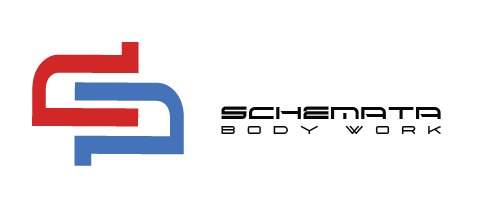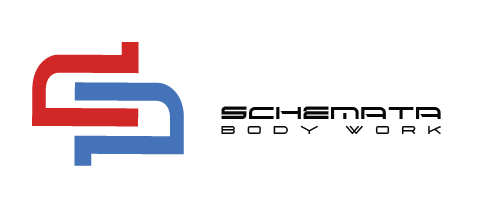What Are The Benefits Of
Sports Massage Therapy?
What is a Sports Massage?
Sports massage is a systematic manipulation of the body’s soft tissues that focuses on muscles relevant to a particular sport. Runner Paavo Nurmi, known as the Flying Finn, was one of the early users of sports massage. Nurmi is said to have used sports massage during the 1924 Olympic Games in Paris, where he won five gold medals. Jack Meagher is thought to have been the father of sports massage in the United States.
There are many different movements and techniques used in sports massage. Examples of such techniques include: Swedish style massage, stroking, petrissage, compression, friction, tapotement, vibration, gliding, stretching, percussion, and trigger points. These movements and techniques are used to try to help the body of the athlete achieve maximum performance and physical fitness with a reduced chance of injury or pain and a faster recovery.
Benefits of Sports Massage Therapy
The following benefits can be experienced through the use of sports and deep tissue massage techniques:
- Reduction of muscle tension, muscle pain and discomfort
- Increased range of motion, leading to improved performance.
- Decreased muscle stiffness and soreness following exercise or physical activity
- Reduced recovery time after injury
- Increased levels of relaxation and reduced levels of physical and psychological stress
- Help sleep quantity and quality.
The expected benefits that are not supported by research include:
- Increased flow of blood
- Increased elimination of waste management products (lactic acid)
- Increased chance of injury
- Decreased time for recovery between workouts
Physical benefits of a sport massage
- Increased overall flexibility. Massage expands muscle tissues in a multi-directional manner, both longitudinally and side by side. This may also have a comparable impact on the muscular sheath and around the ligament, allowing for the perfect release of stored pressure and stress.
- Increased permeability of tissues. Massage therapy causes microscopic holes in the tissue membrane to widen, making it easier for essential fluids and nutrients to pass through. This allows waste materials such as lactic acid solution to be easily removed and results in a situation where oxygen and nutritional requirements are quickly sent to the target muscles, enabling rapid recovery.
- Improved flow of micro blood. Massage boosts the circulation of blood to the targeted muscle tissues in the same way as exercise. In addition, massage therapy also causes blood vessels to dilate, allowing fresh air and nutrition to be transported more conveniently.
Physiological benefits of a sport massage
- Stimulates relaxation. Therapeutic massage creates an environment that promotes heat generation, increased blood flow and improved flexibility. These types of features may play a role in stimulating the body’s physical receptors and generating relaxation for a sportsman or a woman.
- Control of pain. Combining stress and waste materials in the muscle could lead to a feeling of pain. Massage reduces this unpleasant feeling simply by being able to minimize anxiety and get rid of waste products. It also stimulates the release of endorphins.
Side Effects
Possible side effects of sports massage include tenderness or stiffness for 1 to 2 days after a sports massage. Skin reactions due to massage oils are also possible. But most of the time, sports massage is safe.

